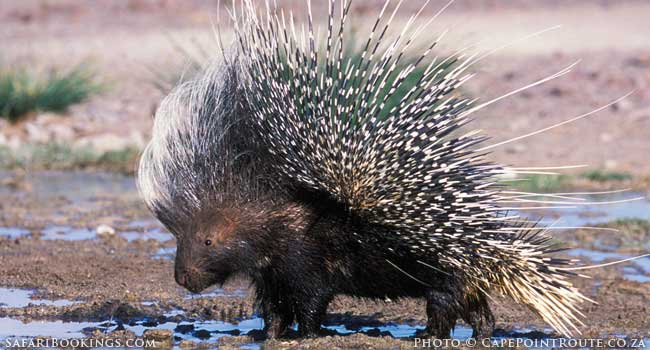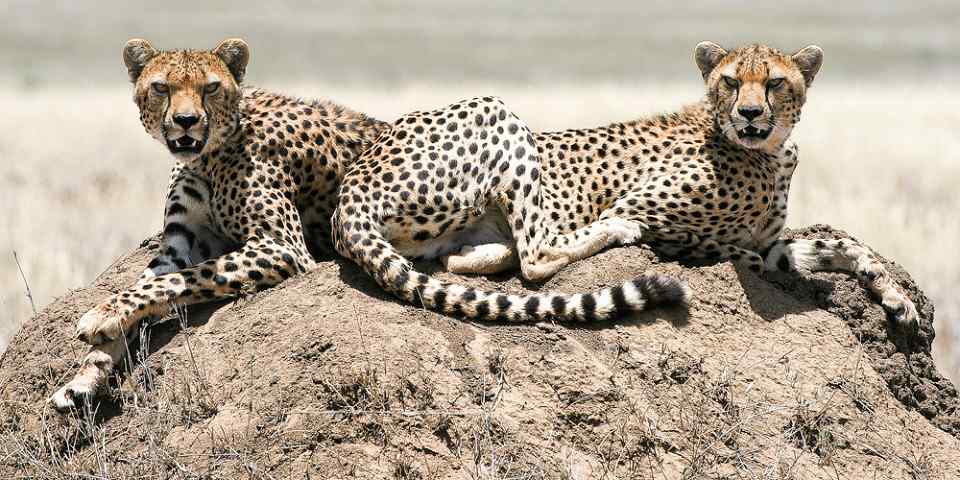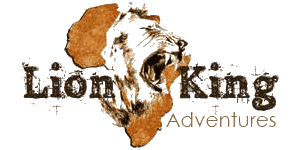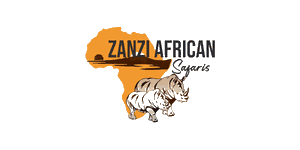
5 Fascinating Facts About Cape Porcupine
 By Mike Unwin
By Mike Unwin
Mike is an award-winning wildlife writer, former editor of Travel Zambia magazine and author of the Bradt Guide to Southern African Wildlife.
The Cape porcupine (Hystrix africaeaustralis) grows up to a meter long and 20kg in weight. This is the world’s largest porcupine – and also by far the largest rodent in Africa. However, these dimensions are not as impressive as the sight of the animal itself. It's a vision to behold as it trundles along, beneath a quivering battery of spines – like a bush on legs. And a bush to avoid!
Indigenous to South Africa, the Cape porcupine can be seen near vegetation at sea level to 2000m above sea level, usually in rocky hill areas. Furthermore, if you see one, enjoy the view from afar. You won't want to get too friendly with these prickly creatures! Below are five interesting facts about the Cape porcupine.
- All porcupines (and the Cape porcupine is no exception) have banded quills which are essentially their hairs. Those on the back may be 40cm long; the shorter, open-ended tail quills will rattle as a warning.
- Contrary to popular myth, a porcupine’s quills will not fire at enemies but rather will loosely embed in their skin and they easily shed on contact. When threatened, a porcupine erects its quills and backs towards its assailant. Consequently, careless predators may end up with quills so deeply embedded that fatal wounds can develop.
- Porcupines feed on roots, bulbs and bark. As a result, their habit of fatally ring-barking trees has a significant ecological impact because it helps open up woodland into savanna.
- Porcupines often gnaw bones because they need their minerals and also to sharpen their powerful incisors.
- Porcupines form monogamous pairs, which mate throughout the year. The male plays an unusually active role in raising the litter of 2–4 young. Each pair may inhabit up to six burrows and jointly defend its shared territory.
Want To Go on an African Safari?
Click on the button below to compare African safaris offered by top-rated tour operators.
 By Mike Unwin
By Mike Unwin
Mike is an award-winning wildlife writer, former editor of Travel Zambia magazine and author of the Bradt Guide to Southern African Wildlife.
More About This AuthorAfrican Safari Tours
-
![8-Day Mid-Range Serengeti Migration Safari]()
8-Day Mid-Range Serengeti Migration Safari
$3,045 to $3,340 pp (USD)
Tanzania: Private tour
Mid-range Lodge & Tented CampYou Visit: Arusha (Start), Lake Manyara NP, Serengeti NP, Ngorongoro Highlands, Ngorongoro Crater, Tarangire NP, Arusha (End)

Lion King Adventures
5.0/5 – 1,313 Reviews
-
![8-Day Private Tour Mid-Range Lodge Mara Nakuru Amboseli]()
8-Day Private Tour Mid-Range Lodge Mara Nakuru Amboseli
$2,632 to $2,850 pp (USD)
Kenya: Shared tour (max 7 people per vehicle)
Mid-range Lodge & Tented CampYou Visit: Nairobi (Start), Masai Mara NR, Lake Nakuru NP, Lake Naivasha (Naivasha), Amboseli NP, Nairobi (End)

Zanzi African Safaris
4.8/5 – 16 Reviews
-
![6-Day Namibia Highlights Flying Safari]()
6-Day Namibia Highlights Flying Safari
$6,599 to $6,899 pp (USD)
Namibia: Private tourLuxuryLodge & Hotel
You Visit: Windhoek (Start), Sossusvlei (Sand Dunes), Western Etosha NP, Windhoek (End)

Wayfairer Travel
5.0/5 – 199 Reviews



 Subscribe to our newsletter
Subscribe to our newsletter
 Follow us on Instagram
Follow us on Instagram





